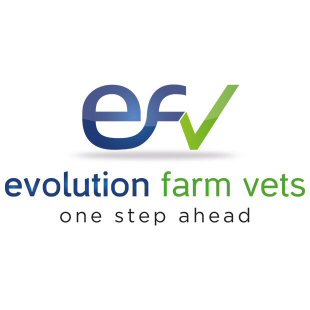Neospora caninum is a protozoa which causes abortions, usually around 3-8 months gestation or birth of infected calves. There is a huge economic impact on farms through losses due to abortion, premature culling, reduced milk yield and reduced post weaning weight of calves. Cattle that are infected with Neospora are 3-7 times more likely to abort than those not infected.
How does the herd get infected?
Infection can enter the herd through purchasing infected animals or by dog faeces (which contains the infective stage) contaminating cattle feed. These pathways can be defined as follows;
Vertical
Infection passes via the placenta from an infected dam to her calf.
Horizontal
When a pregnant cow eats dog or fox faeces containing the protozoa eggs. Either contaminated feed or pasture.
This is the most common route of spread in an outbreak.
Care – dogs or foxes can become infected from eating dead calves or placenta from infected animals, which in turn will perpetuate the problem on farm.
Signs
- Abortions between 3 and 8 months
- Still births and premature calves
- Occasionally live calves
- Some look normal, others are weak and have neurological signs
- Repeat abortions from the same cow
- No other signs in the dam
Screening the herd
There are blood tests that can be used to ascertain if Neospora is present on the farm. The test looks for antibodies present in the cow’s blood. The best time to measure this is cattle in late gestation (10 to 4 weeks prior to calving) or at the time of abortion.
Is Neospora the cause of the abortion?
Getting a definitive diagnosis for the cause of abortion can be tricky. For the best chance of a definitive diagnosis then the following samples need to be submitted as soon as possible post abortion;
- Blood sample from the dam
- Whole foetus
- Brain sample needed
- Whole placenta
Remember there are many other causes of abortion, infectious and non-infectious.
Treatment
There is no treatment or vaccination for Neospora
Reducing the incidence of Neospora
BIOSECURITY!
- Prevent dogs accessing calving areas
- Make feed stores wildlife and dog proof – reduce risk of faecal contamination in feed
- Important as other diseases can be spread via contaminated feed
- Salmonella
- leptospirosis
- listeriosis
- botulism
- Important as other diseases can be spread via contaminated feed
- Remove and dispose of all aborted material as soon as possible. Make sure dogs cannot eat this material.
- Try not to use paddocks for calving if there is a public foot path through them
- New stock – ideally two blood tests looking for antibodies to prove they are negative for Neospora.
- If doing embryo transfer, then only implant into proved negative dams.
Other options
- Culling of proven infected animals as these are the one most likely to abort can be helpful to reduce the prevalence of the disease.
- Do not keep calves born to sero positive dams.
- Embryo transfer from positive dams to proven negative dams.
Realistically this is not a disease that is easily eradicated from on farm, but can be managed to help reduce the incidence of abortion.
